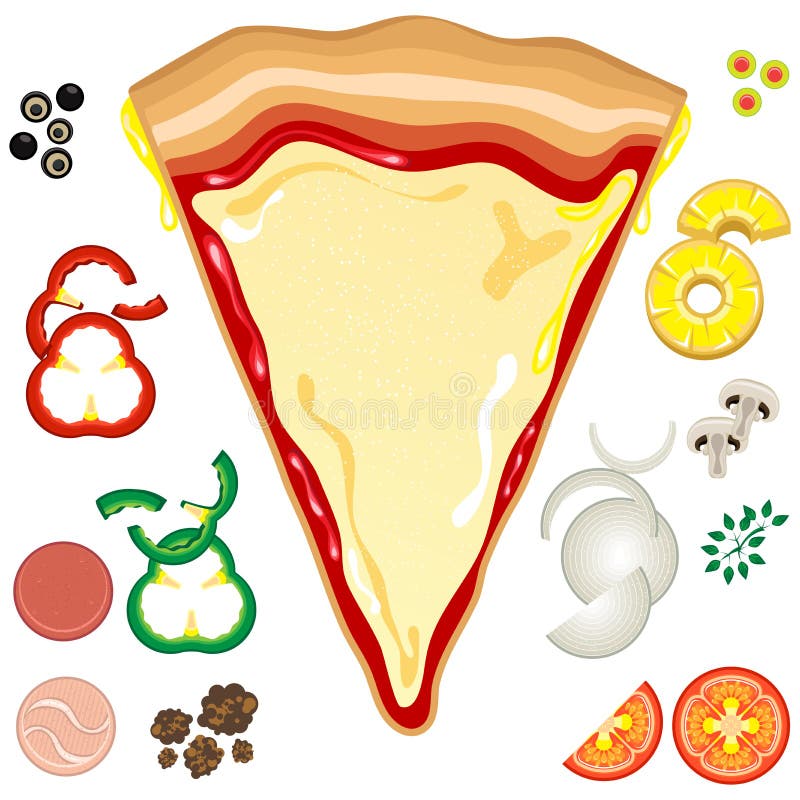Cloud as a Pizza: IaaS, PaaS & SaaS Explained Deliciously 🍕☁️
 Tanishka Kokare
Tanishka Kokare
☁️ Introduction
Cloud computing has changed the way the world builds, deploys, and uses technology. From streaming Netflix to running business applications on the go — it's all powered by the cloud.
But cloud services don’t come in one shape or size. They’re divided into models depending on how much control you want. These are known as:
IaaS – Infrastructure as a Service
PaaS – Platform as a Service
SaaS – Software as a Service
🍕 Understanding with a Pizza Analogy:
Use a pizza analogy or transport analogy to simplify:
Pizza as a Service 🍕
IaaS: You buy ingredients and make it from scratch.
PaaS: You buy a pre-made base and just add toppings.
SaaS: You order a fully prepared pizza to your doorstep.
Service Model Who Cooks the Pizza? What You Manage IaaS You buy ingredients Everything except the oven PaaS You add toppings Just your app and data SaaS Pizza delivered Just enjoy the service
🖥️ What is IaaS (Infrastructure as a Service)?
IaaS gives you on-demand access to computing infrastructure — like virtual machines, storage, and networking — over the internet.
You control:
The operating system
Applications
Security
Data
The cloud provider handles:
Physical servers
Networking hardware
Virtualization
✅ Real-World Examples:
Amazon EC2 (AWS)
Google Compute Engine (GCP)
Microsoft Azure Virtual Machines
📌 Use Case:
Say you're building a web app and want full control over the server and OS. With IaaS, you can deploy your app on a virtual server, configure firewalls, install software, and scale as needed.
Pizza Analogy:
Here, you buy ingredients & cook; AWS provides virtual servers, you manage everything else on top (OS, app, data).
| What You Manage: Infra, OS, runtime, data, app |

🛠️ What is PaaS (Platform as a Service)?
PaaS gives you a ready-to-use platform for developing, testing, and deploying applications — without managing the underlying infrastructure.
You control:
The code
App logic
Databases
The cloud provider manages:
Infrastructure
Runtime
Middleware
OS updates
✅ Real-World Examples:
Heroku
Google App Engine
AWS Elastic Beanstalk
📌 Use Case:
Let’s say you’re a developer who just wants to write code and deploy it without worrying about OS patches or server configs — that’s exactly what PaaS is for.
Pizza Analogy:
Pizza base is ready; you add toppings & bake. AWS manages the infra & runtime; you just deploy your code.
What You Manage: App & data only

📦 What is SaaS (Software as a Service)?
SaaS is the most common model. It gives you fully functional software applications over the internet — no setup, installation, or maintenance required.
You just log in and use it. Everything (from servers to updates) is handled by the provider.
✅ Real-World Examples:
Gmail, Google Docs
Dropbox
Microsoft 365
Salesforce
📌 Use Case:
Using Gmail? That’s SaaS. You don’t worry about email servers or data backups — Google handles all of that. You just send and receive emails.
Pizza Analogy:
Pizza is delivered to your door. You use fully managed apps; AWS handles everything (infra, scaling, updates, etc). |
What You Manage: Nothing — just enjoy it |

🔍Summary of Cloud as a pizza!
IaaS (Infrastructure as a Service):
"AWS gives you the raw compute, and you build everything else."
(e.g., EC2, EBS, VPC)PaaS (Platform as a Service):
"AWS gives you a platform — you just bring your code."
(e.g., Elastic Beanstalk, AWS Lambda, Fargate)SaaS (Software as a Service):
"You just use the software — AWS handles the rest."
(e.g., WorkMail, Chime, QuickSight)
Subscribe to my newsletter
Read articles from Tanishka Kokare directly inside your inbox. Subscribe to the newsletter, and don't miss out.
Written by
